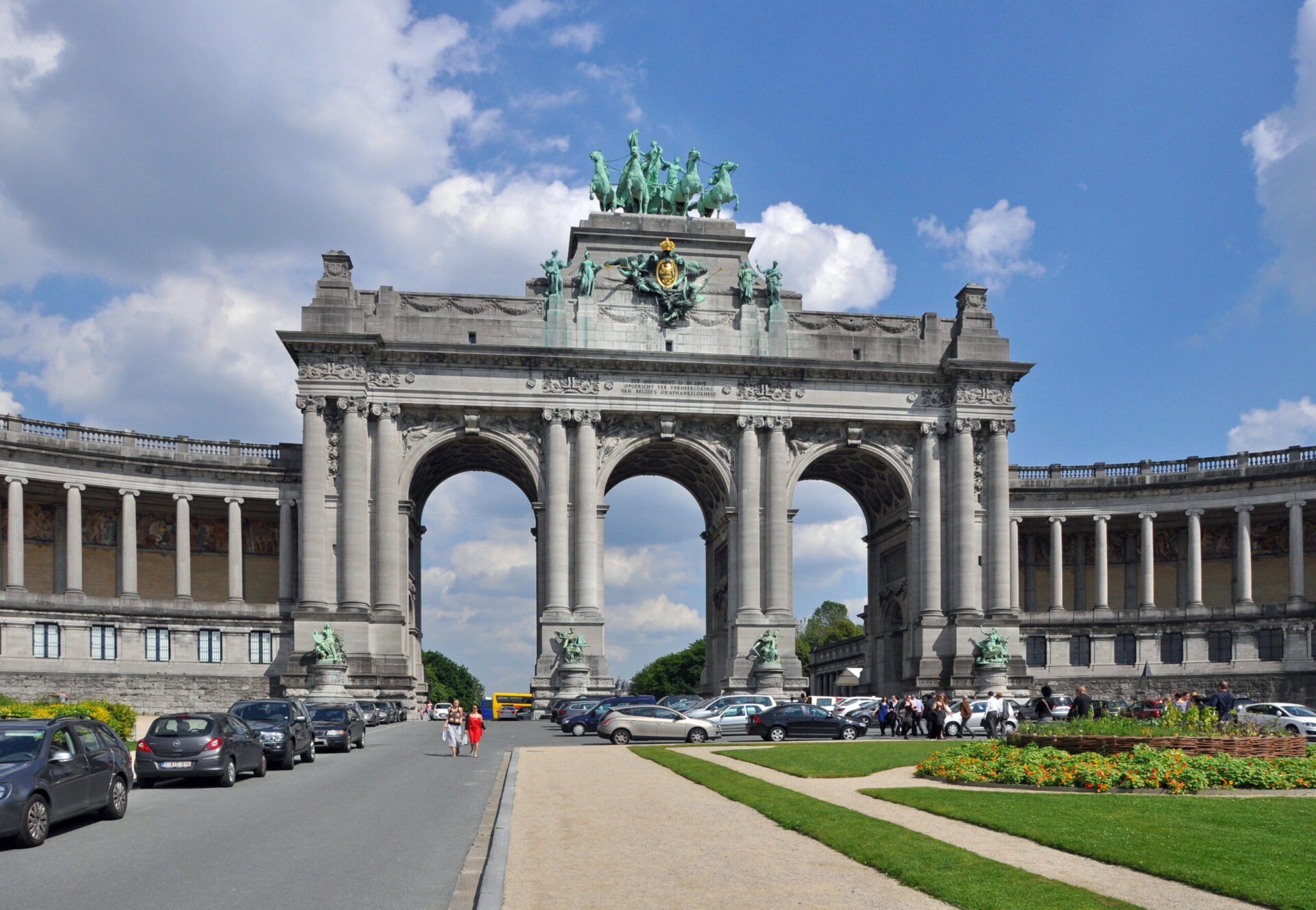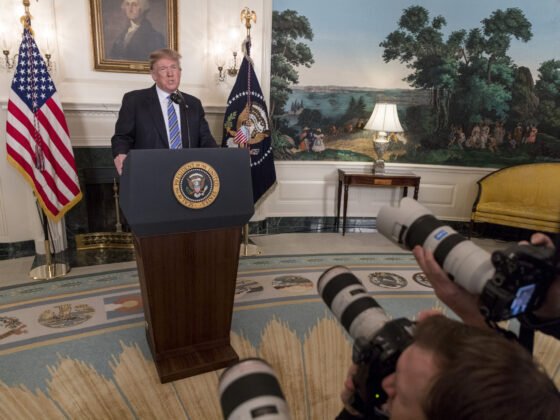(CEPS) This paper applies the concepts of hegemony and hybridity as analytical tools to help understand the structural changes taking place within the Eastern Partnership (EaP) countries and beyond. The author points to the split identities of many post-Soviet societies and the growing appeal of solutions aimed at balancing Russia’s or the EU’s dominance as important factors shaping EaP dynamics. Against this background, he explores how the post-Soviet borderlands can find their place in a still hypothetical pan-European space, and free themselves from the tensions of their competing hegemons. The EaP is divided into those countries that signed Association Agreements with the EU and those preferring to maintain their loyalty to Eurasian integration. Bringing the two groups closer together, however, is not beyond policy imagination.
The policy-oriented part of this analysis focuses on a set of ideas and schemes aimed at enhancing interaction and blurring divisions between these countries. The author proposes five scenarios that might shape the future of EaP countries’ relations with the EU and with Russia: 1) the conflictual status quo in which both hegemonic powers will seek to weaken the position of the other; 2) trilateralism (EU, Russia plus an EaP country), which has been tried and failed, but still is considered as a possible option by some policy analysts; 3) the Kazakhstan-Armenia model of diplomatic advancement towards the EU, with some potential leverage on Russia; 4) deeper engagement by the EU with the Eurasian Economic Union, which has some competences for tariffs and technical standards; and 5) the decoupling of security policies from economic projects, which is so far the most difficult option to foresee and implement in practice. […]
Read More © Centre for European Policy Studies (CEPS)











